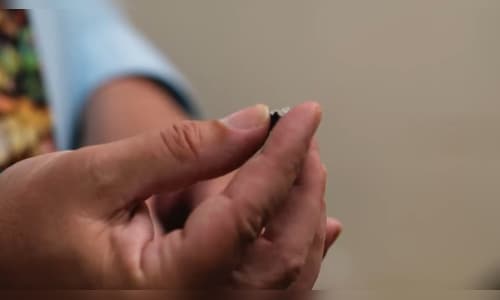According to Hindustan Times, the meteorite crashed on June 26. The fragments tore through the roof of a house, damaged an HVAC duct, and dented the floor. The homeowner still finds space dust in the living room.
The pieces were given to Scott Harris, a planetary geologist and impact expert at the University of Georgia, for examination. Harris said the meteor had “a long history before it made it to the ground of McDonough, and to understand that, we have to examine what the rock is and determine what group of asteroids it belongs to.”
Meteorites can travel faster than the speed of sound once they enter Earth’s atmosphere. “When they encounter Earth, our atmosphere is very good at slowing them down. But you’re talking about something that is double the size of a 50-calibre shell, going at least 1 kilometre per second. That’s like running 10 football fields in one second,” Harris said.
The McDonough Meteorite was small, but Harris said it was useful in understanding how the Earth could handle a much larger inbound space rock.
Researchers believe the homeowner likely heard three simultaneous sounds: the roof collision, a tiny cone of a sonic boom, and the impact with the floor. “All of this happened at the same moment,” Harris said.
“There was enough energy when it hit the floor that it pulverised part of the material down to literal dust fragments.”
The University of Georgia researchers received 23 grams of the 50 grams of space rock recovered from the property for their analysis.
(Edited by : Sudarsanan Mani)
